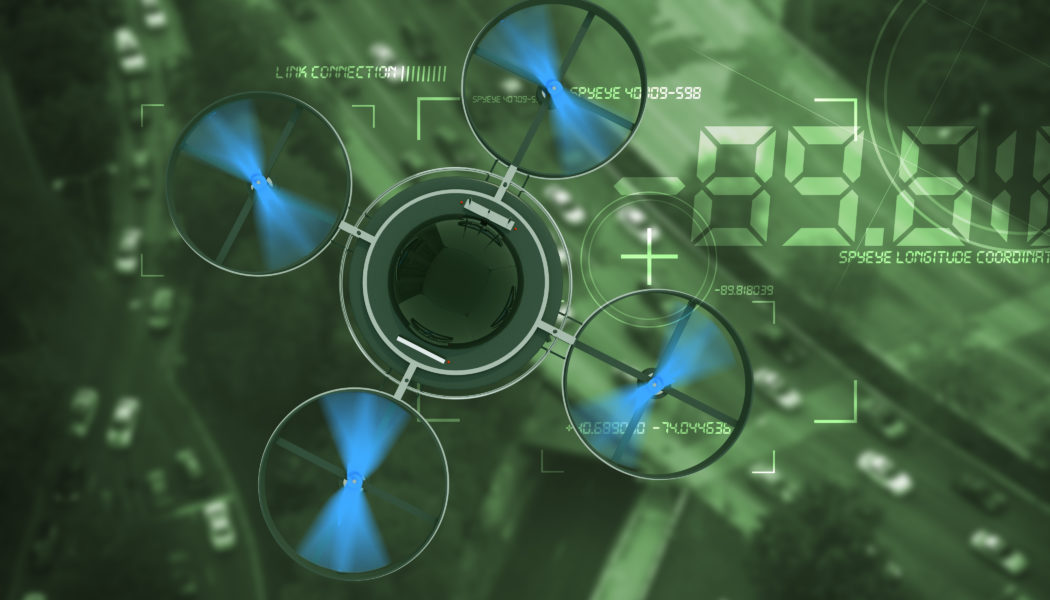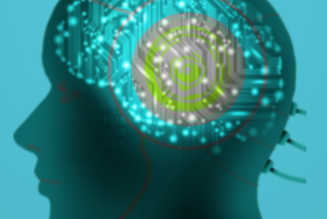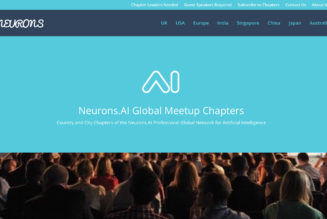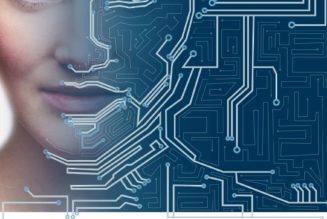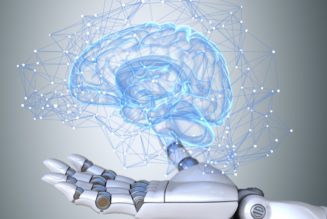The Internet of Things promises to streamline our lives in unprecedented ways. We are just beginning to see the emergence of the new, connected home. Smart thermostats, fridges, and even mirrors are emerging, joining our Nests and our Echos to make life a little simpler in this complicated age. As the physical and the online world continue their unstoppable merge, the landscape of the future is beginning to take on a whole new form.
We are living in a world with a rapidly ageing population. By 2050, it is expected that one in five people will be over the age of sixty. Already, that number is nearly one in ten. These figures are, of course, global – taking into account developing nations as well as the West. That’s not to say, however, that the problem isn’t as pertinent here as it is in other parts of the world.
In addition to more over sixties, we are also facing a crisis in elderly care. We know that the standard is not what it should be, and that human resources are limited in terms of carers and suitable homes for the elderly. Even in cases where people need professional help, they are understandably stubborn to leave their own homes, knowing full well that what they can expect may not be as as desirable a life as they are used to. With this crisis fully in mind, it is time to consider whether a better idea might be the use of smart home technology to help more people stay independent for longer.
The IoT strategies being discussed and gradually rolled out for elderly care vary from intelligent appliances to sensors and detection devices.
A home equipped with biosensors and infrared sensors to gather data which can be combined with the data held by physicians has the potential to give a much more rounded view of patient health and wellbeing. Monitoring carried out this way and data analysis performed by machine learning algorithms may be able to provide more informed information to family, carers, and medical staff to assist with accurate, personalised treatment. Data such as this will allow physicians to monitor patient condition and take steps where increments of decline are detected.
Embodying The Technology
Smart beds are available which are equipped with sensors that monitor pulse and breathing, as well as movement and presence itself. If a person fails to enter or exit the bed within a normal time window, or leaves in the middle of the night for example, an alert can be put out for the person to be checked on.
Cognitive assistance technologies, in the form of fall detectors, for example, will have a massive impact on elderly care. Falls are one of the greatest mortality risk factors for seniors, in terms of actual incidents and in the fears of individuals themselves. One particular device, developed by the Toronto Rehabilitation Institute, is a unit the size of a standard domestic smoke detector.
Advanced sensing capability combined with computer vision allow the unit to identify untoward movements and view the posture of the individual to assess whether a fall has taken place. To avoid error, the unit establishes a dialogue between itself and the individual to find out what has occurred. In the event of no response, or in the event of certain phrases or tone of voice, the unit will then send an alert to the appropriate party (emergency services, carer, or family member) for help.
This kind of unit is a significantly more effective device for fall detection than the standard wearable device currently favoured. These wearables can fail to be effective if the fall is severe, or if the patient is unwilling to use it.
Being able to detect motion in individuals is not only useful for fall detection. It also has applications for monitoring physical behaviours and for therefore detecting any anomalies. Such motion detectors can light rooms as the individual walks into them, and turn them off as the person leaves – a function that will also help to prevent accidents.
Then, of course, there is temperature monitoring and control. Smart devices, like those widely available on the general consumer market can monitor temperature within a home and keep it at a constant, healthy level. With so many elderly people suffering during cold winters, and in some cases dying from exposure, these devices will have an instrumental impact on in-home care.
Smart kitchens and smart shopping will be effective at ensuring that individuals eat well. Smart fridges that can tell you when food is out of date or when certain items need to be repurchased, and – in some cases – order those items automatically, are already available. Then there are smart hobs, ovens, and water systems that can prevent dangerous situations in the kitchen and also prevent flooding.
All of these IoT strategies are key examples of how we can improve elderly care through the use of technology. There are many more besides. One question, however, remains. As helpful as these devices are for keeping elderly people safe from harm and independent in their own homes, there is a risk that techphobic seniors may be unwilling to be monitored in this way. The answer to this, however, is to look at how attitudes change over time.
The elderly now have very different perceptions of technology to those which the older people of the future will have. Adoption will grow quickly as the benefits become ever clearer. However, the technology is here now, and for those seniors prepared to use it, the possibility of staying independent for longer will be enough of an incentive to put these potentially life-saving devices to use.
Published in Members Blogs
